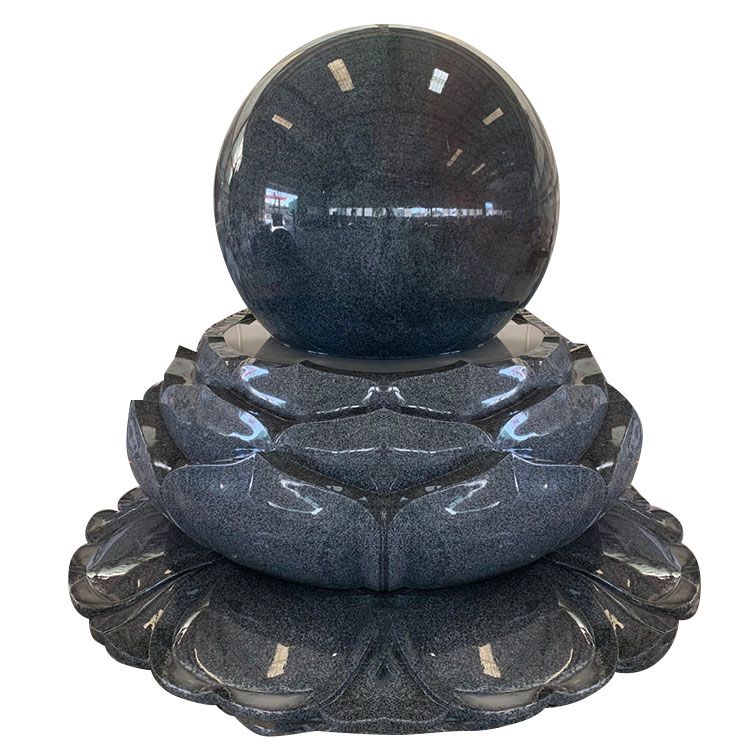
- English
- Español
- Português
- русский
- Français
- 日本語
- Deutsch
- tiếng Việt
- Italiano
- Nederlands
- ภาษาไทย
- Polski
- 한국어
- Svenska
- magyar
- Malay
- বাংলা ভাষার
- Dansk
- Suomi
- हिन्दी
- Pilipino
- Türkçe
- Gaeilge
- العربية
- Indonesia
- Norsk
- تمل
- český
- ελληνικά
- український
- Javanese
- فارسی
- தமிழ்
- తెలుగు
- नेपाली
- Burmese
- български
- ລາວ
- Latine
- Қазақша
- Euskal
- Azərbaycan
- Slovenský jazyk
- Македонски
- Lietuvos
- Eesti Keel
- Română
- Slovenski
- मराठी
- Srpski језик
An introduction to garden landscape stone, one of the Chinese building materials!
2024-01-22
Natural stone is an ancient building material with the characteristics of high strength, good decoration, high durability, and wide range of sources. This ancient building material has always occupied a place in the history of human gardens. Due to the advancement of modern mining and processing technology, stone has been widely used in modern landscapes. There are various types of stone, including dolomite, limestone, sandstone, shale, granite, andesite, diabase, omlosite, etc. The following is a detailed introduction to you.

1. Classification of natural stones
Common natural stones in the landscape include: granite, marble, sandstone, slate, etc.
1. Natural granite
Granite is hard, wear-resistant, pressure-resistant, fire-resistant, acid-resistant, alkali-resistant and corrosive gas erosion-resistant. The color is beautiful and it is a good building material. Most of them only have colored spots, and some are solid colors, with small pattern changes, strong spellability, and wide range of uses.
2. Natural marble
Marble originally refers to white limestone with black patterns produced in Dali, Yunnan Province. Its cross section can form a natural ink landscape painting. In ancient times, marble with shaped patterns was often used to make screens or mosaics. Later, the name marble gradually developed to refer to all limestones with various colors and patterns that are used as building decoration materials.
2. Surface of natural stone
1. Fire noodles
Fired surface stone is widely used in subways, airports, squares, exterior wall dry hanging, sidewalks, parks, parking lots and other places. The surface processing methods are divided into water grinding, fired board, polished board, sandblasting, natural surface, matt surface, axe surface. Chopped noodles, lychee noodles, pineapple noodles, etc., engineering stone, Dipu stone, square stone, environmental stone, building stone, garden stone, landscape stone, special-shaped stone and other stone slab products are the first choice building materials for indoor and outdoor decoration in engineering construction.
2. Polished surface
The surface is very smooth, highly ground and polished, and has a high-gloss mirror effect. Granite, marble and limestone often contain natural crystals that are polished to reflect light and give the stone a shiny surface, but require different maintenance methods to maintain their luster.
3. Matt surface
The mirror gloss of stone is very low, generally less than 10 degrees, and the color is not high.
4. Natural noodles
The natural surface is rough, but not as rough as fire. Generally speaking, natural surface stone refers to the naturally formed surface without any treatment. It is the naturally formed surface in the stone, such as the lamellae of slate, the joints of granite, etc. However, the natural surface in the market refers to the naturally undulating surface formed by splitting, knocking and breaking, so it is also called natural split surface or split natural surface.
5. Chop the axe noodles (cut the mask)
Also called longan noodles or chopping noodles, they are hammered with an ax on the surface of the stone to form a very dense strip texture, somewhat like the effect of longan skin. You can choose the roughness. It is a commonly used finish in Chinese gardens.
6. Lychee noodles
The surface is rough and uneven. Small holes are drilled densely on the surface with a chisel, which simulates the effect of water droplets dripping on the stone over time.
7. Machine cutting
It is directly cut and shaped by equipment such as a circular saw, sand saw or bridge cutting machine. The surface is rough and has obvious machine-cut lines.
8. Mushroom noodles
Generally, artificial hewing is used, and the effect is similar to natural hewing, but the sky surface of the stone is in the shape of a plateau with a protrusion in the middle and depressions around it.
3. Application forms of natural stone in garden landscapes
1. The interior and exterior facing materials do not bear any mechanical load;
2. Materials for retaining walls, stone barges, chairs, benches, pavements, and steps that bear certain loads require such stones to have good weather resistance and physical and mechanical properties;
3. Large monuments, towers, columns, sculptures, nameplates, solitary stones and other self-bearing landscape stones.



